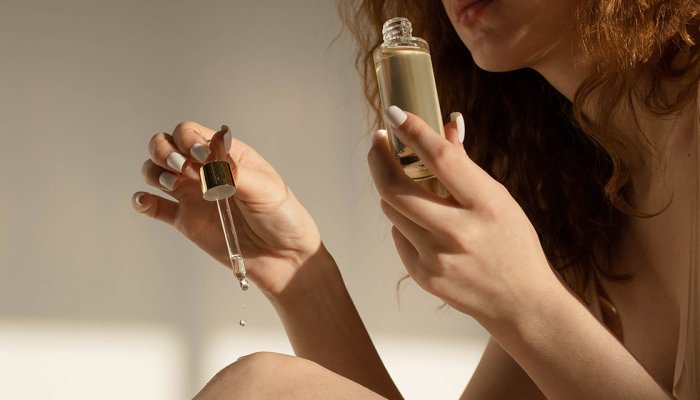The ones that are able to do this—meaning, your skin feels soft, moisturized, and supple all day long—usually contain omega fatty acids.
The best fatty acids for the essential fatty acids omega 3 (linolenic acid) and 6 (linoleic acid), as well as the nonessential omega 9 (oleic acid). The first two—the essential fatty acids—are often referred to as Vitamin F. (The title is a touch confusing, as these aren’t an actual vitamin.) Together, linolenic and linoleic acid create a natural seal over the skin—trapping water and nutrients underneath.
“These fatty acids are part of the seal that sits in cracks between cells in the outer skin layer,” says board-certified dermatologist Joshua Zeichner, M.D. told us about fatty acids. In simpler terms, he explains to think of these as similar to the grout that sits between your bathroom tiles. “Natural fats maintain the integrity of the outer skin layer,” he says. Essentially, these fatty acids help your skin barrier do its job.
You can find omega fatty acids in lots of skin care products, like lotions, face creams, and even serums. But they work particularly well in oils because they complement an oil’s intended purpose, which as I noted earlier is to create a comforting seal over the skin. Face and body oils are always your last step in a skin care routine for a reason: They’re occlusive. Products with occlusive properties lock in moisture and nutrients underneath.









